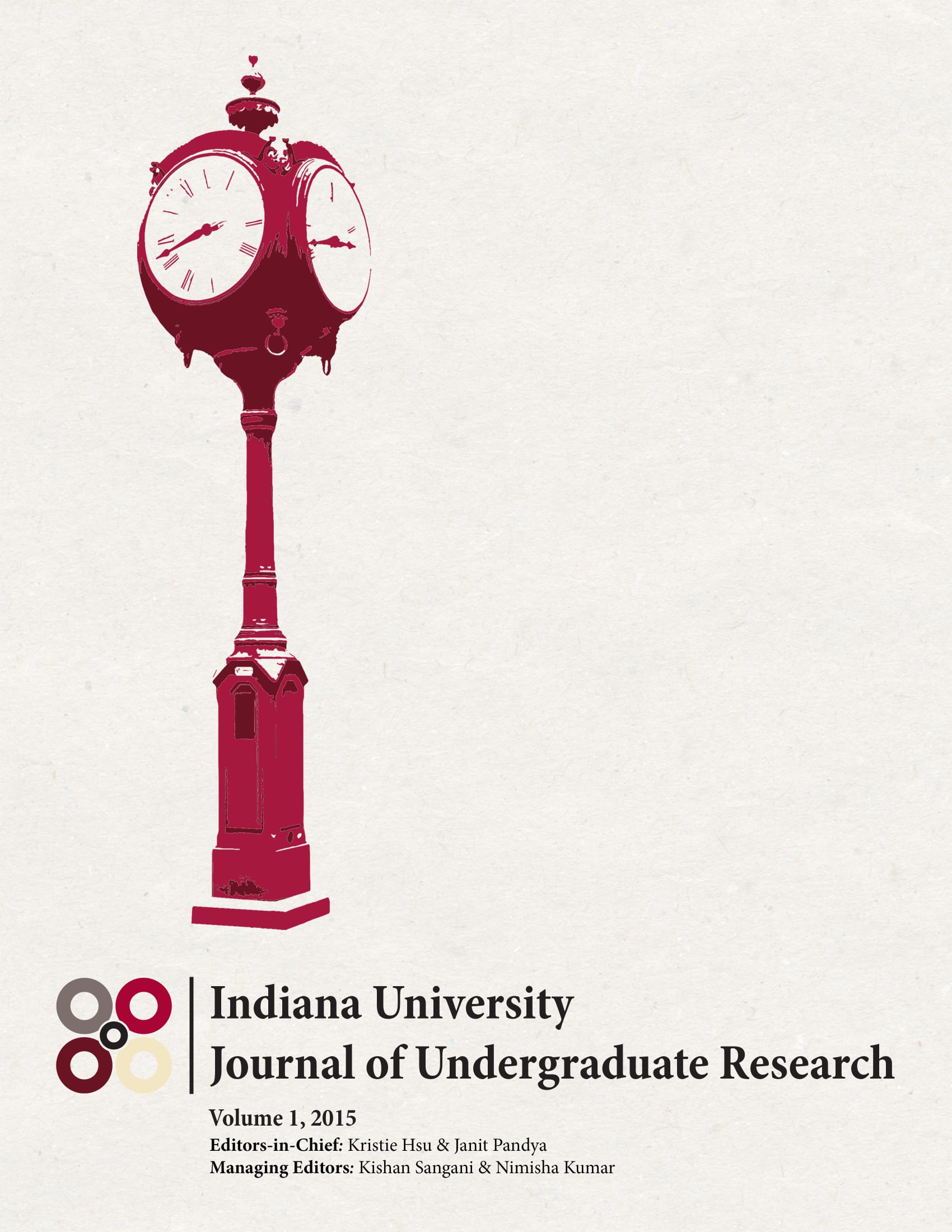The Effect of Host’s Dispersal Ability on Fine-Scale Spatial Differentiation
Main Article Content
Abstract
Gene flow of a parasite is commonly contingent upon its most motile host’s dispersal rate. High gene flow can reduce local differentiation and potentially the rate of adaptation to local hosts (Blasco-Costa, Waters, & Poulin, 2011; Louhi, Karvonen, Rellstab, & Jokela, 2010). We investigated fine-scale spatial differentiation in a parasitic trematode (Microphallus sp.), which alternates between two hosts: a relatively sedentary invertebrate, a freshwater snail (Potamopyrgus antipodarum), and a highly motile vertebrate, a duck (Hechinger, 2012). In 2014, adult snails were sampled from 13 different sites around a New Zealand lake to determine the distribution of infection. Juvenile snails were also collected from these sites for experimental manipulation. Finally, parasite eggs were collected by sampling duck feces from a northern and southern site on the lake. Juvenile snails from each site were exposed to parasites from either the northern or southern source. The infection status of field-collected adults and experimental juveniles was determined by dissection. Given the close proximity between sites and the duck host’s strong dispersal ability, we predicted low spatial variation in infectivity of the two parasite sources. The results, however, indicate significant spatial variation in both host resistance and parasite infectivity. Though infection rates across host sites were significantly correlated, the two sources differed significantly in their infectivity to hosts from different sites. This result suggests that the two parasite sources are adapted to infect different hosts, indicating genetic differentiation of the parasite. In addition, the frequency of infection and resistance of the freshwater snail differed significantly between sites within close proximity to one another. Detection of strong variation indicates that dispersal of the vertebrate host does not prevent fine-scale spatial differentiation in this host-parasite system. Further studies are needed to investigate the forces that maintain the extensive spatial variation in disease observed.
Downloads
Article Details
Authors who publish with this journal agree to the following terms:
- Ownership of the copyright shall remain with the Author, subject to IUJUR’s use and the rights granted by the Creative Commons license assigned by the Author. A Creative Commons Attribution-NonCommercial 4.0 International (CC BY-NC 4.0) license will be applied to the published work unless otherwise indicated in the Student Author Contract. The CC BY-NC 4.0 license (https://creativecommons.org/licenses/by-nc/4.0/) lets others remix, tweak, and build upon the published Work non-commercially, and although the new works must also acknowledge the original IUJUR publication and be noncommercial, they don’t have to license their derivative works on the same terms.Authors are able to enter into separate, additional contractual arrangements for the non-exclusive distribution of the journal's published version of the work (e.g., post it to an institutional repository or publish it in a book), with an acknowledgement of its initial publication in this journal.
- Authors are permitted and encouraged to post their work online (e.g., in institutional repositories or on their website) prior to and during the submission process, as it can lead to productive exchanges, as well as earlier and greater citation of published work (See The Effect of Open Access).
References
Blasco-Costa, I., Waters, J., & Poulin, R. (2012). Swimming against the current: Genetic structure, host mobility and the drift paradox in trematode parasites. Molecular Ecology, 21(1), 207– 217. doi: 10.1111/j.1365-294X.2011.05374.x
Hechinger, R. (2012). Faunal survey and identification key for the trematodes (Platyhelminthes: Digenea) infecting Potamopyrgus antipodarum (Gastropoda: Hydrobiidae) as first intermediate host. Zootaxa, 3418, 1-27. Retrieved from http://www.mapress.com/zootaxa/
Louhi, K.R, Karvonen, A., Rellstab, C., & Jokela, J. (2010). Is the population genetic structure of complex life cycle parasites determined by the geographic range of the most motile host? Infection, Genetics and Evolution, 10(8), 1271–1277. doi:10.1016/j.meegid.2010.08.013

